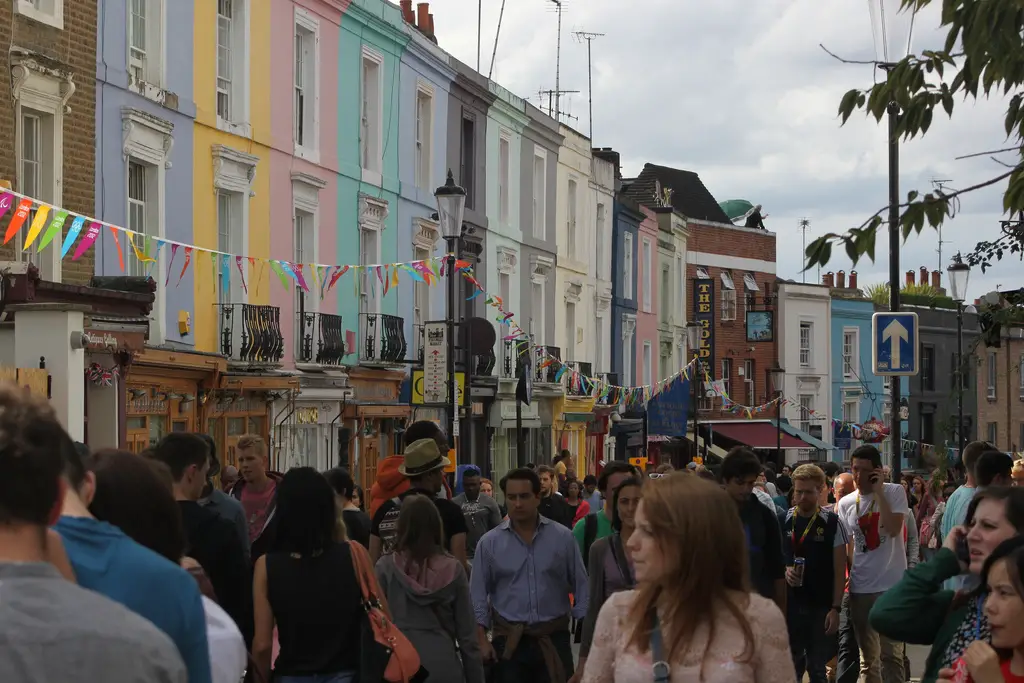There are a lot of things required to build a successful community. Good infrastructure is important. Access to services too. And a genuine desire from people to achieve the goal of ‘community’ is also critical. And in recent decades, larger organisations have started playing a more active part in community building, with some interesting results.
But this trend isn’t actually a new thing, even if the ways it is happening may have changed. Indeed, the UK has a long history at the forefront of businesses engaging with communities.
Cadbury’s
Cadbury’s was an early pioneer of ethical business, integrating the founding family’s Quaker values of trust and equality into the business. Construction of their first factory included thousands of homes for its workers, literally building a community on site. All homes had gardens and access to ample green space. Though the company has moved on from its Quaker beginnings, these homes are still standing, and many of their 25,000 residents still work for Cadbury’s, still renting their homes from the trust that was created to look after these community assets.
Cadbury’s efforts were bold, and the company’s role in community building was arguably far more all-encompassing than what we see today. That’s not to say today’s companies have the wrong approach – far from it. The focus for many organisations in the 21st century is assisting existing communities rather than creating entirely new ones around their work. This essentially falls under the Corporate Social Responsibility (CSR) umbrella – a phrase most of us are probably quite familiar with. CSR is a business model that has a goal of making a positive social contribution, but how this benefits communities depends entirely on the type of project undertaken by an organisation.
CSR can be as simple as ethical business decision making that has a social benefit, but it can also have stand-alone components that look outside the organisation. This can include anything from tree planting projects to mentoring, with companies allowing their employees to donate time to local communities. This is how one of the UK’s most ambitious CSR projects works.
John Lewis

The John Lewis Partnership is Britain’s largest and oldest worker co-ownership firm, with the 91,000 people employed by the company also ‘Partners’. All Partners are encouraged to volunteer with local, regional and national projects that have a goal of creating sustainable neighbourhoods. In 2012, this resulted in over 28,000 hours spent on community activities. Additionally, all Partners can apply to take a full or part-time secondment of up to six months in length with any UK registered charity.
John Lewis aim to build stronger relationships with their neighbours, believing this has a positive business as well as social impact. Indeed, the number of hours donated by their Partners is impressive, the fact that this was done at the same time as maintaining one of the most successful companies in the UK even more so.
Alliance Boots

Alliance Boots are another example of CSR done well, with most initiatives supported by the company in context with their business of healthcare. Employee fundraising activities are broad, ranging from the light-hearted (think sponsored fancy-dress walks and hair shaving) to the immersive (mentoring and events that aim to boost the confidence of partially-sighted children). Alliance Boots demonstrate the opportunity of linking socially valuable activities to the core business, not just for the sake of being ‘on-brand,’ but because sharing our expertise with those in need is one of the most effective ways we can help others.
Cadbury’s got the socially valuable business off to a great start, and though projects of that scale are unlikely to make a comeback, organisations can still make powerful contributions to local communities.
Photos: Elliot Brown, Uli Harder and brianac37


